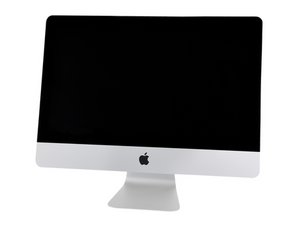Trying to replace the 1TB HDD to 1TB SSD
Dan,
I am trying to replace the 1TB HDD on a Retina 4K Display (2017 iMac 21.5" which has a 1TB Fusion Drive setup to a Crucial 1TB SSD.
Booted into Recovery Mode to use Terminal commands to split the two drives into a 28GB blade SSD and a 1TB HDD
Opened up the iMac and replaced the HDD with the 2.5" SSD
Booted the iMac from a macOS 12.5 installer drive and tried to format the SSD using Disk Utility. But whether I formatted it as HFS+ or APFS, it would fail validation (via First Aid)
To test if it was a bad SSD, I connected the SSD to another Mac running macOS 12.5 and reformatted the drive successfully as either HFS+ or APFS. I then installed macOS 12.5 on the SSD and booted the Mac from the SSD. I also booted the iMac from the SSD in an external enclosure. So I know I have a good SSD that WILL boot this iMac
However, when I connected the SSD to the iMac’s internal 2.5” bay it would not “see” the above SSD and obviously would not boot — However, it DOES “see” the original 1TB HDD
Why is this iMac have a problem with this SSD?
Is this a good question?

 2
2  1
1 
 974
974